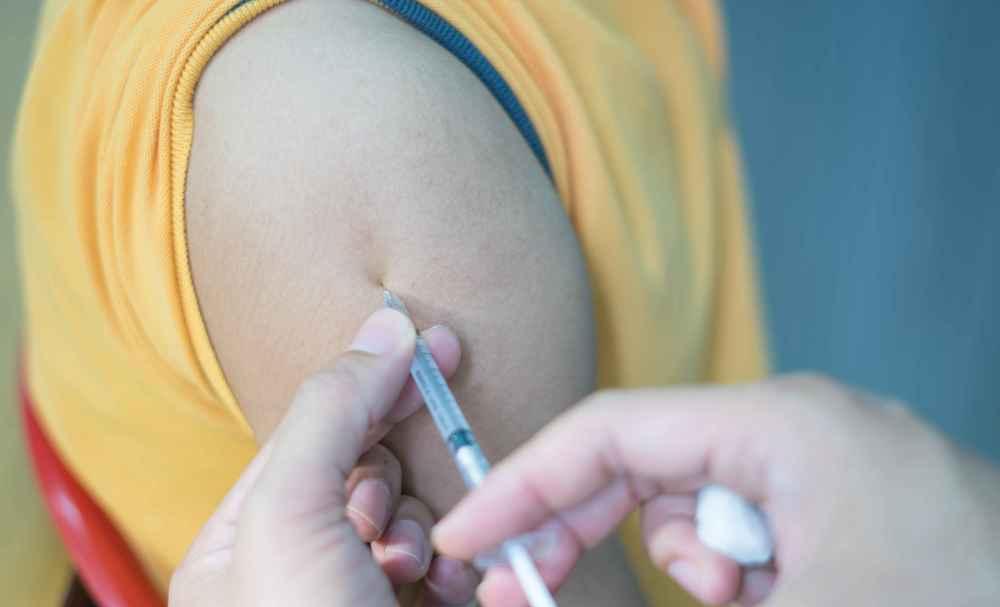What is the most feared disease?
I think most people would answer without hesitation---- cancer.
Cancer, in fact, the clinical malignancy of the tumor, its pathogenesis and benign tumors are similar, are cells affected by certain factors, DNA mutations, and eventually in a certain place of monoclonal proliferation, the formation of tumor-like substances.

The essence of cancer is a genetic disease
The fundamental difference between malignant tumors and benign tumors is that malignant tumor cells not only proliferate monoclonally, they also infiltrate, spread and metastasize without brains!
In the early stages of cancer, cancer cells are only confined to epithelial tissue, and then the cancer cells will infiltrate the surrounding tissues, and then begin to transfer to other parts through blood circulation, shedding implants, lymphatic system and other channels.
At this time, the patient's condition has also entered an advanced stage, affected by the spread of cancer cells, damage to body tissues, etc., patients can have serious complications, organ failure and other problems, and eventually life to wither and die.
Since cancer cells continue to metastasize and spread, will cancer have an impact?
As medical equipment continues to upgrade and cancer detection methods continue to improve, people will find that the probability of cancer in ---- people around them is too much.
As a result, some people will wonder---- cancer cells have the characteristics of metastasis and spread in the patient's body. If the cancer cells in the patient's body are extracted and injected into the body of a healthy person, will the healthy person develop cancer?
And this kind of idea, there are really scientists in history in order to verify, carried out a ridiculous experiment.
(Chester Southam)
As early as the 17th century, Dutch medical experts were surprised to find that several people in some families had cancer in succession, indicating that cancer is a contagious disease.
In order to study the transmission route of cancer, in the 1950s and 1960s, the American medical scientist Chester Southom conducted relevant experiments to inject cancer cells directly into healthy people.
Before the experiment, doctors conducted experiments on mice and found that after injecting cancer cells into mice, mice would develop the same kind of cancer.
In February 1954, this human experiment finally began to be carried out.
Chester found a leukemia patient, and without the patient's knowledge, Chester injected millions of cancer cells into the patient's veins along with normal saline.
After that, Dr. Chetus found more than a dozen cancer patients and performed the same operation.
After a few days, most patients developed malignant tumors on their arms, and after a month, some patients had the malignant tumors subsided, and one patient died of cancer cells spreading.
But whether these people themselves are sick or not, it is difficult to say, what causes death, whether it is the original underlying disease that causes death, or the death of cancer cells that are later injected.
To test this idea, the scientist will go crazy to the end
Chester believes that this experiment cannot prove that injecting cancer cells will cause cancer, after all, these people are cancer patients themselves.
So Chester turned his attention to healthy people, but under normal circumstances, healthy people did not agree with his crazy experiment, after all, this kind of experiment may be at any time worried about his life.
He targeted prisoners who were serving sentences in prison, and encountered the legal protection of prisoners at that time, which was not yet perfect.
So he left Ohio to recruit 100 healthy people still in prison and injected them with cancer cells on a regular basis. The results showed that all those involved in the experiment relied on autoimmune function to defeat foreign cancer cells.
The later they reach, the faster the lump will be eliminated, which means that antibodies have been produced in their bodies.
The conclusion of the experiment shows that injecting cancer cells does not cause cancer in a healthy, immune-functional person.
When foreign cancer cells invade a patient's body, the immune system responds immediately and kills the cancer cells through the accumulation of immune cells.
But after all, Sutham's experiment was unethical, and public opinion at the time forced him to stop the experiment, but in the end it was only the medical license that was revoked for one year as a punishment, and in 1971, Susom was elected president of the American Love Research Association.
Cancer is not contagious
Although this experiment is quite inhumane, it also shows a key point through this experiment---- cancer is not contagious.
It should be known that cancer cells are the result of the patient's own cell DNA mutation, and it is indeed the possibility of infiltration, metastasis and spread in the patient's body.
But as long as it is separated from the patient's body and the patient dies, the cancer cell will quickly wither and die, and it does not have the ability to infect.
The root cause of cancer family aggregation is related to genetic genes, common living and eating habits, and common living environment.
Therefore, to improve the awareness of cancer prevention from daily life, we can avoid being "targeted" by cancer to the greatest extent.